In 2040, the Anglesea old mine has become a national model for the sustainable regeneration of decommissioned mine sites.
Poster Brief:
A1. Posters three options were provided
1 A site view – a plan for the overall use of the site, including movement of people
2 A facility or development on a part of the site
3 A program for the site (e.g., a 2040 publicity poster for the community)
Final Poster Concept:
A poster for facility or development on a part of the site was selected
The proposal envisions a future transformation of the Anglesea old mine, aiming for it to become a national pioneer in the sustainable regeneration of decommissioned mine sites by the year 2040.

Anglesea Mine Plan Till 2040
2025–2027
Returning Land & Reimagining Ownership
Land Return & Governance Shift
Alcoa will officially hand over the former mine site to the government and community-led management. A collaborative working group will be set up—bringing together Surf Coast Shire Council, Wadawurrung Traditional Owners Aboriginal Corporation, Angair Inc., local resident reps, and educational institutions like Anglesea Primary School.
Ecological Check-In & Ground-Level Repair
Some pilot ecological restoration work has already started—several bare patches have been successfully returned to grassland. But the pit lake still contains heavy metals.
Next steps include planting pollution-tolerant wetland species (like cattails and bulrushes) to purify the water naturally. To protect new vegetation, fences will be installed to keep kangaroos from nibbling on the fresh growth.
2027–2030
Bringing in Funding & Building a Testing Ground
Secure funding
We’ll pool funding from multiple sources:
- Public investment from Surf Coast Shire Council
- Alcoa’s environmental remediation commitments
- Ecological protection funds from Angair Inc.
- Grassroots community fundraising and sponsorships
Power station museum plan
Encourage Alcoa to repurpose the old power station into a heritage museum that showcases the industrial legacy and collective memory of the mining site.
2027–2038
Staged Construction & Co-Living Experiments
Northern Slopes
Solar panels will provide clean energy, with native shade-tolerant plants growing underneath. Small channels will help manage water flow and prevent erosion.
Pit Lake
Floating wetlands and shoreline plants like cattails and reeds will naturally filter the water. Volunteers and restoration teams will care for the area together.
Land Restoration
Native trees and grasses will be replanted. Fences will protect young growth until the once-barren land becomes green again, attracting wildlife.
Eco Housing
Build sustainable short-stay units for visitors, offering a future-ready alternative to coastal homes at risk from rising sea levels.
Community Gardens
One garden will be run by locals and student volunteers, with a teaching kitchen and café nearby. Another will be shared with universities under a “work-for-access” model.
Living with Nature
As the ecosystem recovers, fences will be removed. Birdhouses and wildlife shelters will be added. Spaces will remain open and adaptive—designed for coexistence.
Green Economy & Education
Support local cooperatives, artisans, and green startups. Promote eco-tourism, sustainable food, and educational activities. Locals will get priority for using these spaces.
2038–2040
Full Opening & Becoming a Regional Model
Opened to the public
All construction zones will be completed and fully opened to the public, serving both local residents and visitors.
Exemplar
The project may be recognized as a state- or nation-level exemplar for post-industrial land regeneration, offering a reference framework for similar sites across Australia.
Anglesea Mine Museum
In partnership with local government and the community, Alcoa will help repurpose the old power station into a museum showcasing the site's history.
Regeneration Timeline
A rooftop fixed-view camera platform will overlook the heart of the former mine. Visitors can take photographs and upload them via QR code to a designated website. Images will be automatically sorted by date.
Key Activity Scenes
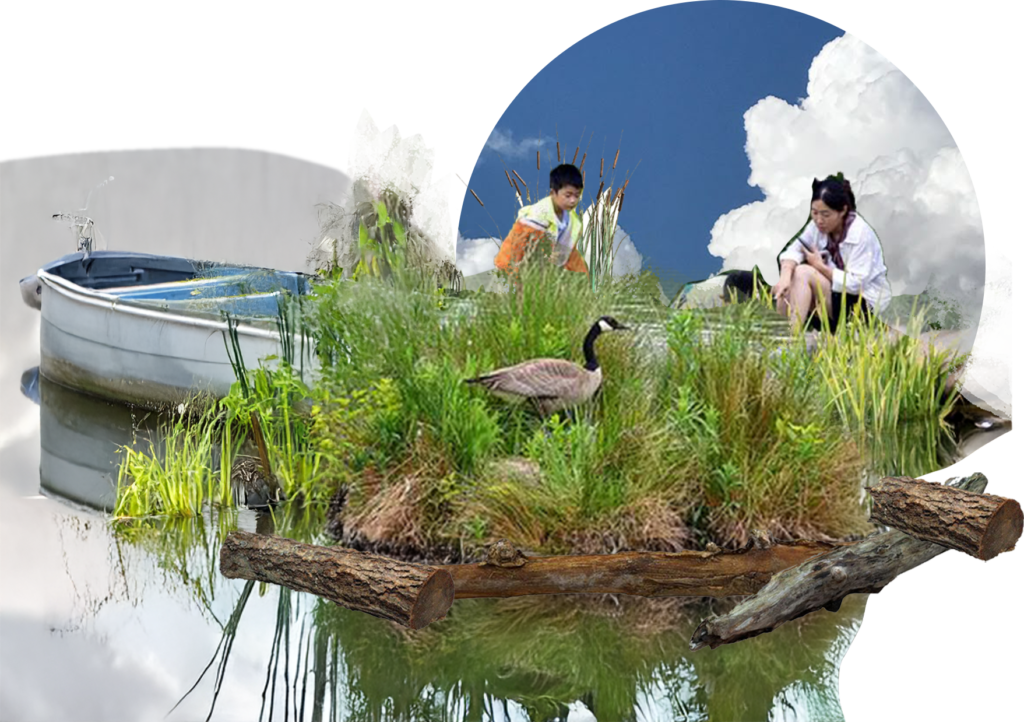
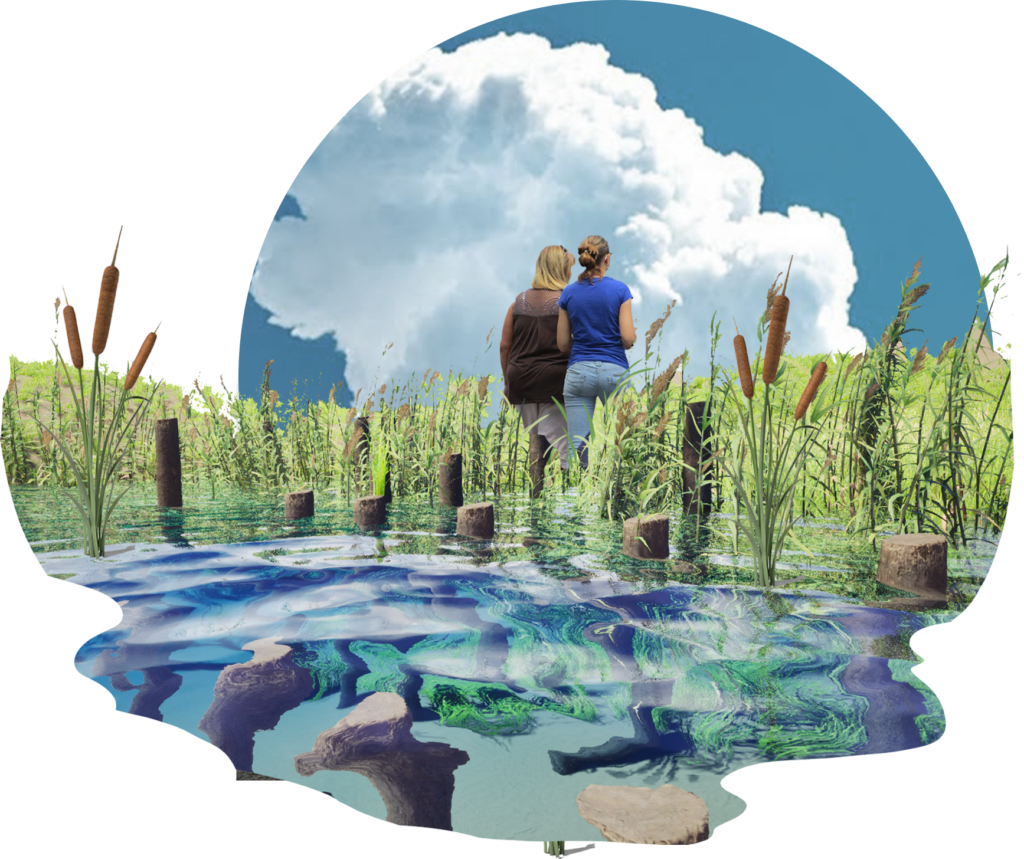
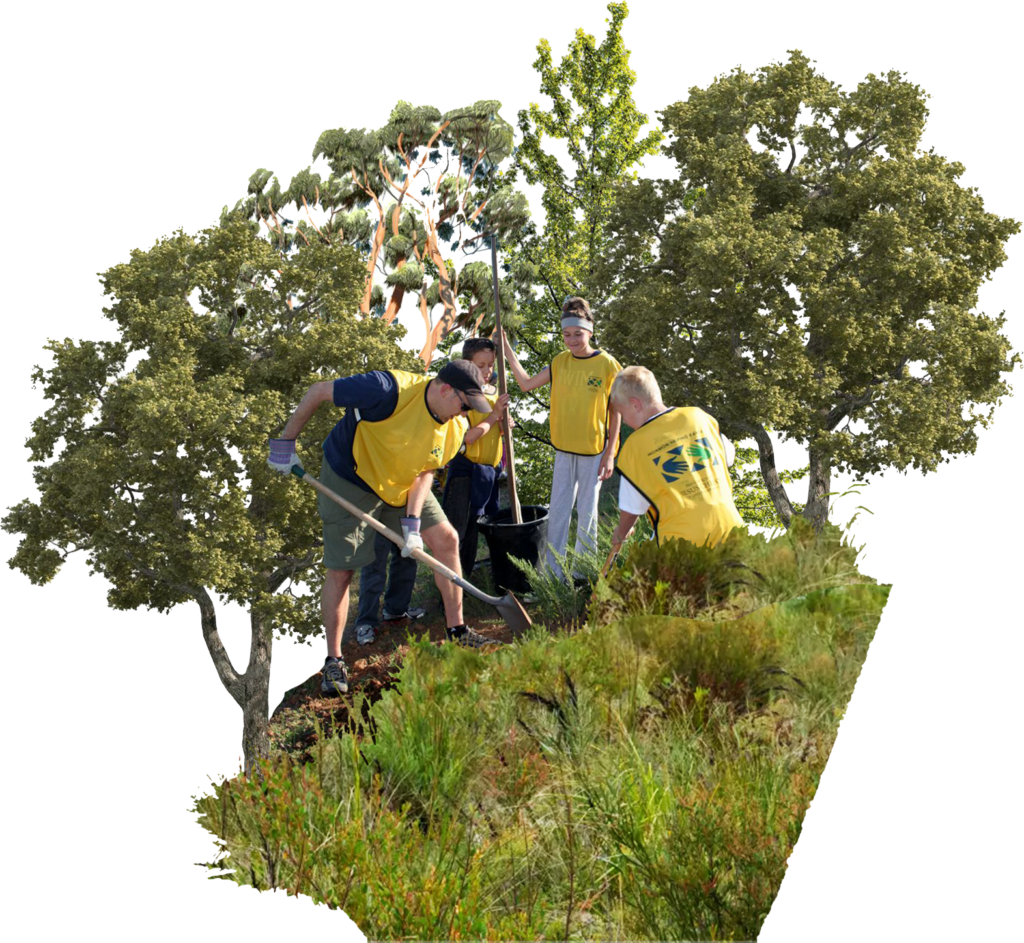
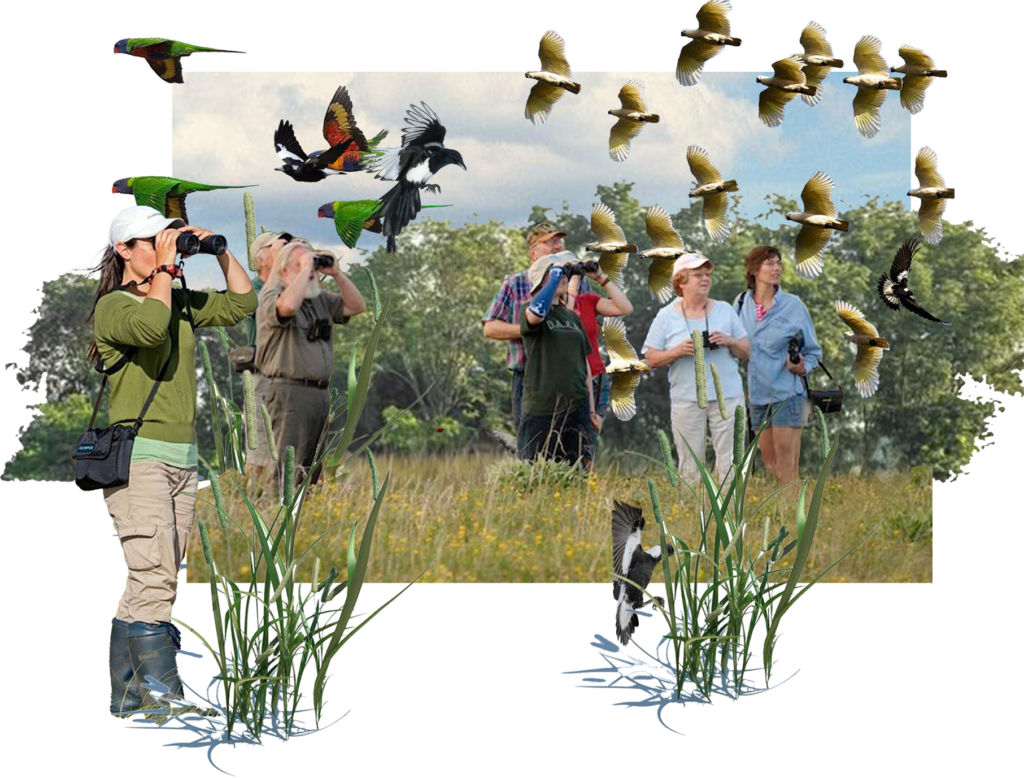
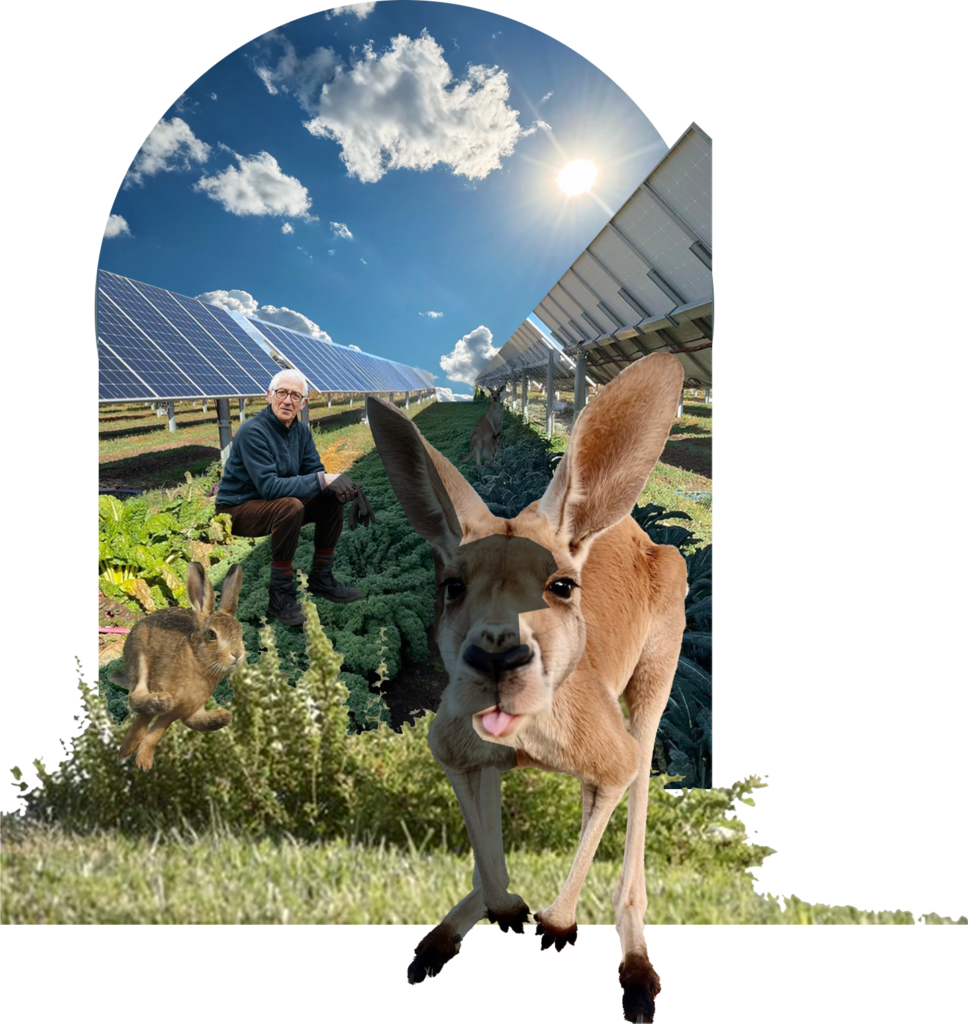
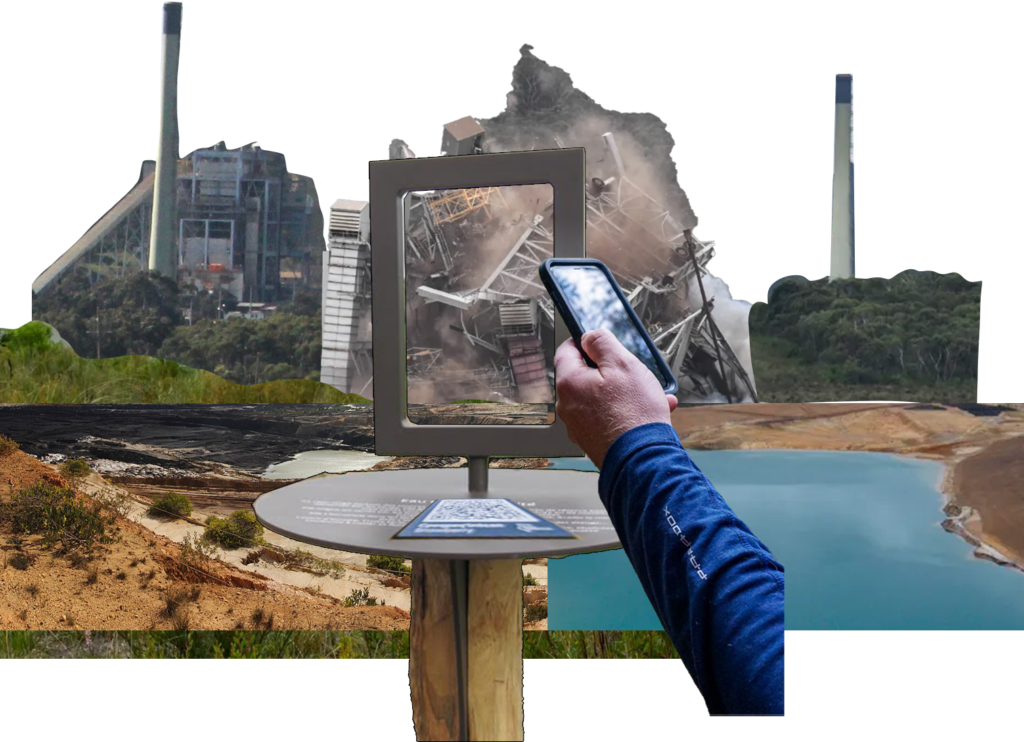
Why Anglesea Mine Can Be a Model?
Land Returned
The land has been officially returned to the community, with a multi-stakeholder governance model led by local government, Traditional Owners, ecological groups, and educational institutions.
Living Testbed
Ecological restoration is already underway, providing a live testing platform.
Nature and People
Solar energy, wetland rehabilitation, eco-housing, and education gardens demonstrate step-by-step co-living with nature.
From Grassroots to Blueprint
Community participation and volunteer networks shape a replicable and sustainable transformation path, offering a blueprint for post-industrial landscape renewal.
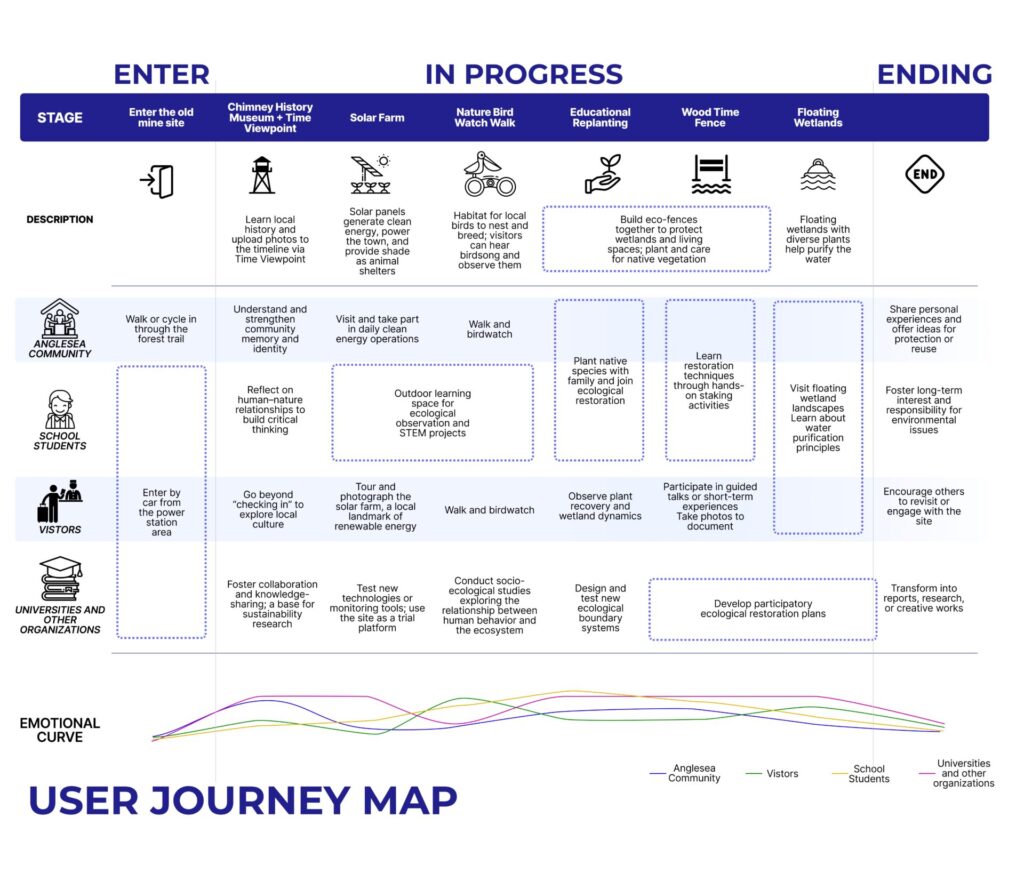
Compiled table sheet of feedback collected from the Anglesea workshop
| Theme Category | Specific Feedback | Keywords | Possible Visual Form |
| Education & Reflection | School camps, students as volunteers, school engagement, foundation-level learning | Education, reflection, school camp | Outdoor classrooms, campfire talks, activity boards |
| Community Participation & Governance | Explore community ownership, stability of tenure, return land to locals | Community, ownership, stewardship | Community meetings, feedback wall, local vote scene |
| Regeneration & Ecology | Regenerative design, healing systems, ecological response, mangrove-type plants as barriers, pH-purifying vegetation | Regeneration, healing, ecology | Before/after site illustration, wetland plants, bio-filtration diagrams |
| Economy & Jobs | Create local jobs, museum, restaurant, farming, internships | Job creation, local economy | Local farmers market, museum counter, job board |
| Energy & Infrastructure | Solar arrays, clean energy, multiple access points, hiking campsites | Renewable energy, access | Solar panels, hiking trail maps, campsite signage |
| Recreation & Interaction | Nature walks, bird watching, picnic areas, floating wetlands, interactive donation machines | Recreation, interaction, community | Nature path maps, birdwatching tower, interactive public art |
Table summarising community feedback on the poster
| Feedback | |
Overall Impression | Liked the overall proposal Appreciated how small components contribute to a larger shared vision |
| Positive Highlights | 1. Car-free design Improves environmental and community experience 2. Nature + Technology integration Forward-thinking and inspiring 3. Sensitivity to vision and community 4. Sustainability 5. Not over-developing Appreciated the restraint in development 6. Less is more Simple and powerful design language 7. Telling the story of change over time: |
| Criticism | Disliked the inclusion of wild rabbits |
Poster Comparison
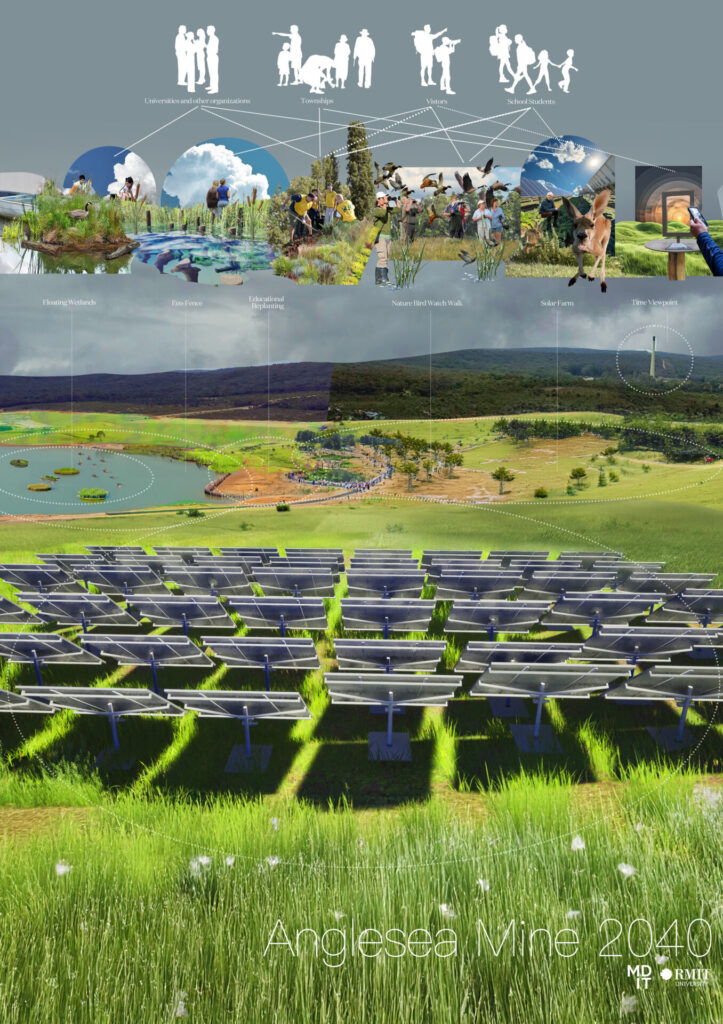
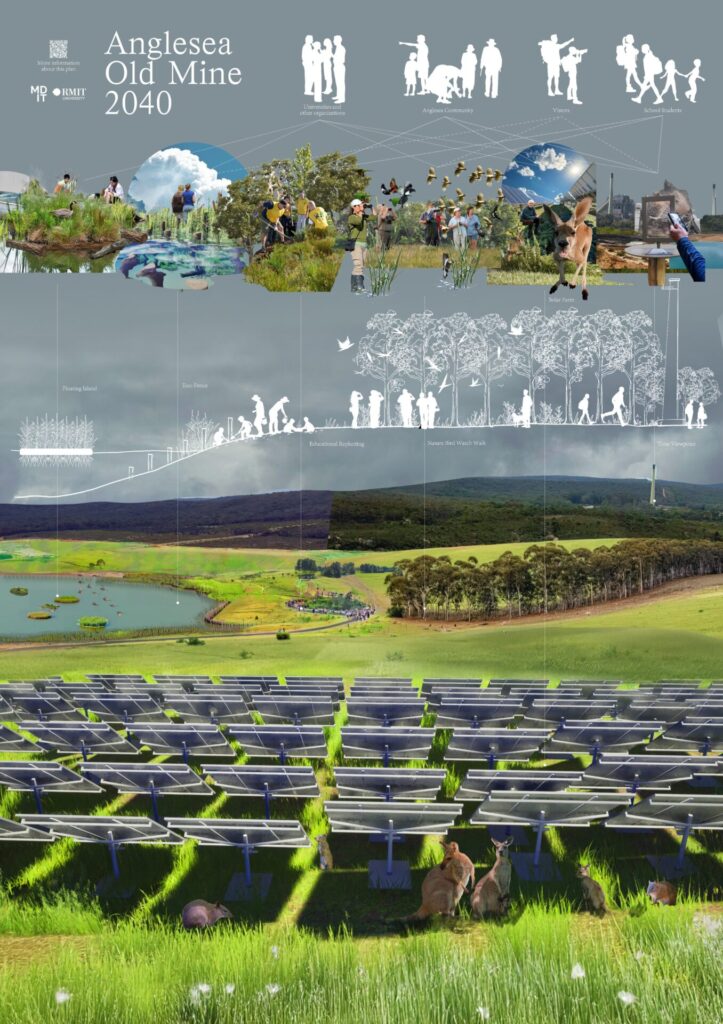
This is the final assignment of RMIT MDIT in S1 Co-Designing Great Ocean Road Visions